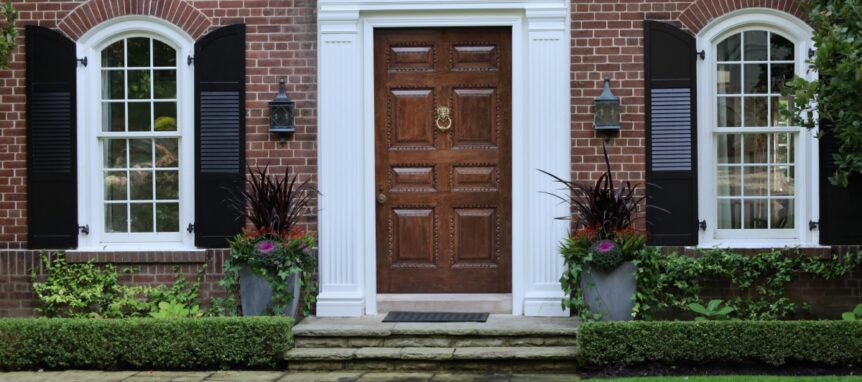Masonry structures are prized for their durability, classic beauty, and low maintenance, making them a popular choice for homes across Canada. However, while brick, stone, and mortar are strong materials, they are not immune to the elements. Moisture, in particular, poses a serious threat to masonry over time. This is where sealing becomes crucial. Masonry sealing acts as a protective barrier that shields these porous materials from water intrusion, dirt buildup, and environmental wear.
For homeowners who want to extend the life of their exterior walls, chimneys, or foundations, understanding the importance of masonry sealing is key to preventing costly repairs and preserving curb appeal.
Why Sealing Masonry Matters
Although bricks and stones appear solid, they are actually porous materials that naturally absorb moisture. When water enters the pores and then freezes in cold weather, it expands, creating internal pressure that can lead to cracking, spalling, and eventual structural damage. Over time, this repeated freeze-thaw action compromises the integrity of the wall or chimney.
Sealing helps mitigate this risk by creating a hydrophobic (water-repelling) barrier on the surface of the masonry. This barrier reduces water absorption without preventing the wall from “breathing”—allowing moisture trapped inside to escape. This breathability is critical in preventing mold, mildew, and trapped condensation, which can occur if the wrong type of sealant is used.
Beyond moisture protection, a good sealant also defends against dirt, air pollution, and de-icing salts, all of which can stain or weaken masonry materials over time. In urban environments like Toronto, these factors are particularly aggressive and can accelerate wear on unprotected surfaces.
How Masonry Sealing Works
Sealing masonry involves applying a specially formulated water repellent—often silane or siloxane based—that penetrates the surface without forming a visible film. These treatments soak into the masonry and chemically bond with the substrate, creating a long-lasting shield against moisture and contaminants.
The process typically begins with a thorough cleaning of the surface to remove dirt, algae, efflorescence, or mold. Once the masonry is dry, the sealer is applied using a brush, roller, or low-pressure sprayer. Multiple coats may be used depending on the level of absorption and the type of material.
For best results, sealing should be done during mild weather, when temperatures are above freezing and there is no rain in the forecast. Some sealants require several days to fully cure and form their protective bond.
When to Seal—and Reseal
While many newer homes are built with treated materials or come pre-sealed, older brick homes may not have had any protective treatment applied. If you own a home built more than 20 years ago, there’s a good chance the masonry has never been sealed—or the previous sealant has worn off.
A simple water test can help determine whether your masonry needs sealing. Spray a small amount of water onto the brick surface. If it beads up and rolls off, the sealant is still doing its job. If the water is absorbed quickly and darkens the brick, it’s time for resealing.
In general, most sealants last between five and ten years, though this depends on the product used and the environmental conditions it’s exposed to. South-facing walls or chimneys that bear the brunt of weather extremes may require more frequent resealing.
Common Signs of Water Damage in Unsealed Masonry
Unsealed or poorly sealed masonry is susceptible to several telltale forms of deterioration. Homeowners should keep an eye out for:
- Crumbling or flaking surfaces (spalling), especially on bricks or chimneys
- White powdery deposits (efflorescence) caused by water drawing salts to the surface
- Hairline cracks in mortar joints
- Persistent dampness or discoloration in basement walls or exterior facades
These symptoms are indicators that water is infiltrating the masonry. Without sealing, damage will gradually worsen, potentially leading to major repairs or even structural instability.
Protecting Your Investment
Masonry sealing is one of the most cost-effective ways to protect your home’s exterior from the natural wear and tear caused by water, wind, and seasonal changes. It helps prevent structural issues, maintains the aesthetic of your property, and extends the life of your brick or stonework for years.
If you’re unsure whether your home needs sealing or you’ve noticed signs of moisture damage, it’s best to have an experienced professional evaluate your masonry. For expert service and trusted solutions, don’t hesitate to contact Turnbull Masonry. Their team specializes in sealing, repairs, and long-term masonry maintenance to ensure your home remains strong, dry, and beautiful through every season.

